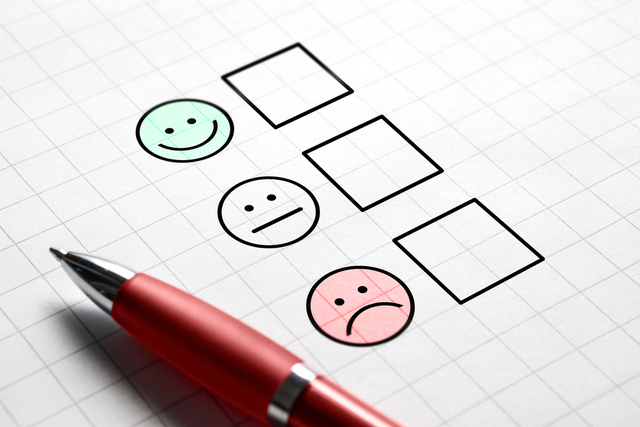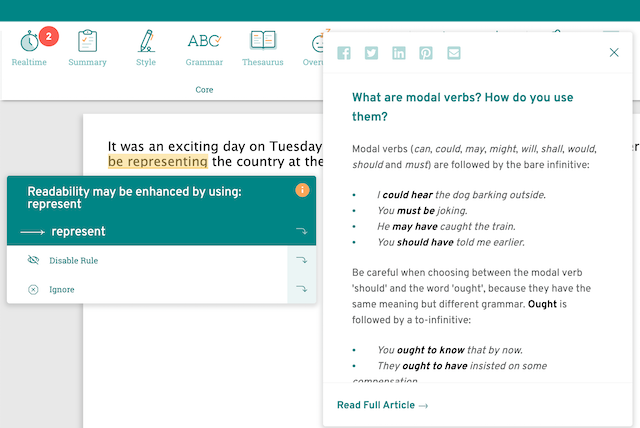
We like to think we mark all student work fairly. After all, we want every learner to achieve their full potential, don’t we?
But could unconscious bias (also known as implicit bias) be creeping into your work? Chances are, yes. A recent study found that teachers are just as biased as other adults in society.
You’ve no doubt seen the headlines about the affect our biases can have on every area of society, from healthcare outcomes to employment chances. But could it be happening in your classroom every time you mark and respond to a student’s work?
Let’s look at what unconscious bias is, some of the latest educational thinking, and strategies you can use to combat it in your classroom.
What Is Unconscious Bias?
Some of the ways we categorize people include:
- Age
- Gender
- Ethnicity
- Education level
- Social background
- Sexual orientation
Unconscious bias affects almost everyone. Our brains group people by traits like these to help us navigate and understand the world. You make intuitive guesses about people based upon certain characteristics. You don’t even realize you’re doing it.
The problem is that your assumptions about people can perpetuate harmful stereotypes. Because you aren’t consciously aware of your prejudice, it’s hard to spot it in your behavior.
Unconscious Bias in Education
Education is a self-fulfilling prophecy. Groups of students tend to achieve the expectations we have of them. Studies show if a teacher has higher expectations of a student, they are over three times more likely to graduate from college.
You might assume we are all biased in favor of students who are most like us, but studies show that we unwittingly perpetuate the same prejudices shown by wider society, even if they are directed towards ourselves. Don’t assume that if you’re in a minority group, you’re not affected by it.
Tackling Implicit Bias in Marking
If you assume you have implicit bias, however much you wish you didn’t, you can take steps to tackle it. Just making a few simple adjustments to your marking will help you spot any prejudice and create a fairer system for all your students.
1: Anonymize Work
If student work is anonymous, you’re likely to mark girls more highly than boys. But, when the names are included, the reverse happens. Anonymizing students’ work is an easy way to remove some of the bias you’re likely to show unconsciously.
In the classroom, this could mean opening exercise books and resisting taking a peek at their name before you start marking. Swap books with a colleague or linked school to moderate your assessments. Try assigning students a code rather than their name.
2: Avoid Confirmation Bias
We all have fixed ideas about different students. Confirmation bias means looking for evidence to fit pre-existing beliefs. For example, you’re likely to mark students with challenging behavior lower than others because you look for problems with their work.

If your students are taught in ability sets, do you mark each group separately? It’s likely you make assumptions on what they can achieve by the group they are in. Try mixing up your marking rather than doing it in ability streams.
3: Use Marking Criteria
Having criteria for success to measure against can help you and your students stop subjective marking. Create a shared understanding of what a successful piece of work looks like and print it out as a marking scheme for the class to refer to.
A success ladder is helpful for shifting away from “gut instinct” decisions towards evidence-based assessments. You look for proof of them reaching criteria rather than not achieving a goal.
4: Use Different Submission Formats
Don’t think unconscious bias is just about gender and ethnicity. Handwriting and presentation can mean you mark some students higher than others.
Try different formats students can use to submit their work for marking. Giving them a choice about written, typed, or oral presentations lets you focus on the content rather than handwriting.
Teach your students how to improve their writing using tools like ProWritingAid. It will help them secure spelling and grammar and improve their overall writing ability. The in-built articles, quizzes, and videos make learning about grammar interactive.

Looking for Bias in Feedback
If you expect a student to succeed, you give them more time to answer questions. Your feedback will be more specific, and you even use more positive body language. Being aware of this means you can take steps against it.
Teacher observations are the perfect opportunity to look for and correct any bias. Try recording yourself teaching or ask a colleague to observe you, looking specifically at how you use feedback in lessons.
Bias can appear in written feedback too. When you mark books, do you set your students a question or challenge to complete? You could be falling into common stereotyping with your choice of questions.
For example:
- Choosing male character names by default
- Using traditionally white-sounding names instead of an ethnic mix
- Assuming all families have a mother and father
- Referring to cultural experiences some students won’t have experienced
Make sure to write challenge questions that reflect the reality of your classroom. All students need to see themselves reflected in the feedback you’re giving.
Final Thoughts
We like to think we’re above common stereotypes and prejudice. You might say, “I don’t see color” or, “I treat all students equally.” Whilst we wish this were true, it isn’t, and these statements aren’t helpful. Accepting this and challenging yourself is a huge part of tackling implicit bias.
Unconscious bias isn’t fixed: you can change it over time. The simplest way is to talk about it, something we often feel reluctant to do. Discuss as a staff the common stereotyped prejudices to watch out for. Look at your marking and feedback to see if it perpetuates harmful stereotypes. Are all students given the same high expectations?
When you spot bias in your own teaching, don’t waste time being defensive and trying to explain why you behaved that way. Own it and make changes to stop it happening again.


